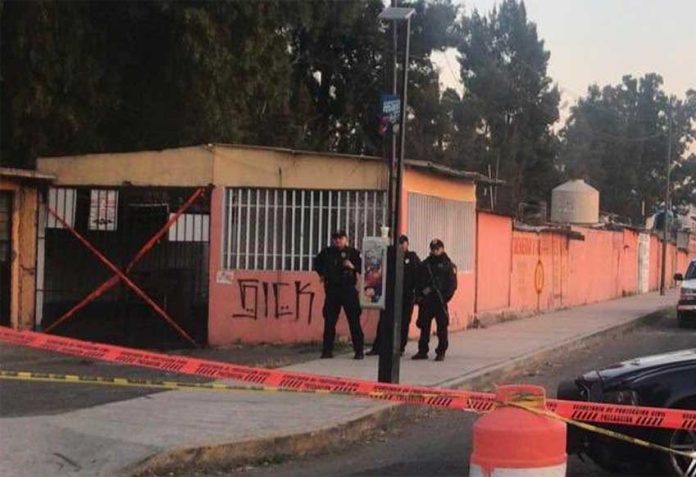Pipeline taps generally occur in rural areas, allowing thieves to go about their business in private. But Mexico City is also proving to be fertile ground: a pipeline running under a public market gave petroleum thieves an almost perfect cover.
Police in the borough of Gustavo A. Madero were conducting a routine patrol in a market in the El Coyol neighborhood when they came upon two men carrying 50-liter gas cans.
After the officers discovered the men were carrying gasoline they had a look at the stand selling school uniforms from which the two had emerged.
Inside were two more men busy extracting gasoline from a buried pipeline. There were 12 50-liter cans of gas nearby.
The four were arrested and their loot seized.
Authorities cordoned off the market while Pemex personnel repaired the pipeline.
Mayor Francisco Chíguil Figueroa said later that the pipeline tap was under control and presented no risk for residents of the northern Mexico City borough. He also made an open call to the public to anonymously report petroleum theft to the toll-free number 01800-228-6960.
Five pipeline taps were uncovered last week in Mexico City inside a tunnel that provided access to five different ducts.
Source: El Financiero (sp)
